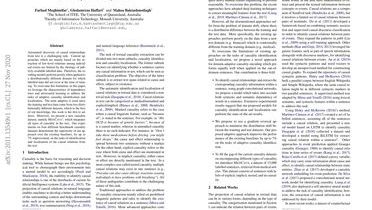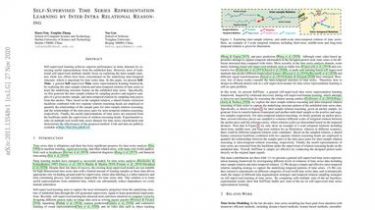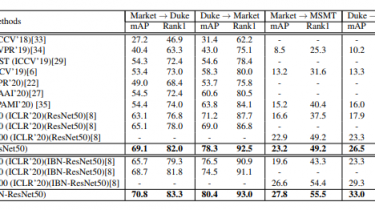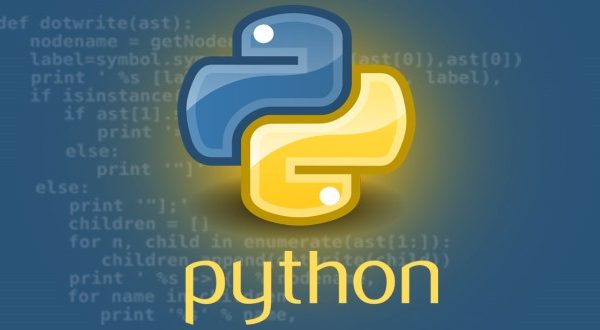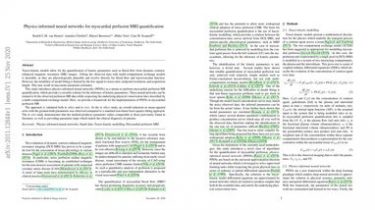Domain Adaptative Causality Encoder
Current approaches which are mainly based on the extraction of low-level relations among individual events are limited by the shortage of publicly available labelled data. Therefore, the resulting models perform poorly when applied to a distributionally different domain for which labelled data did not exist at the time of training… To overcome this limitation, in this paper, we leverage the characteristics of dependency trees and adversarial learning to address the tasks of adaptive causality identification and localisation. The term adaptive […]
Read more